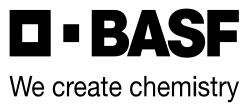Priaxor
Group 11 & Group 7
The proven and consistent standard for advanced disease control in corn, soybeans and alfalfa, with the additional benefits1 of AgCelence®.
- The same, unique AgCelence benefits1 found in Headline® fungicide including greener leaves, stronger stems and stalks and better management of minor heat, cold, and drought stress, all leading to higher yield potential.2
- Includes the active ingredient Xemium® for more consistent and continuous protection against disease.
- Multiple modes of action for broad-spectrum disease control as part of a resistance management plan.
Labels & SDS
5 AVAILABLE
Applicable On

Corn
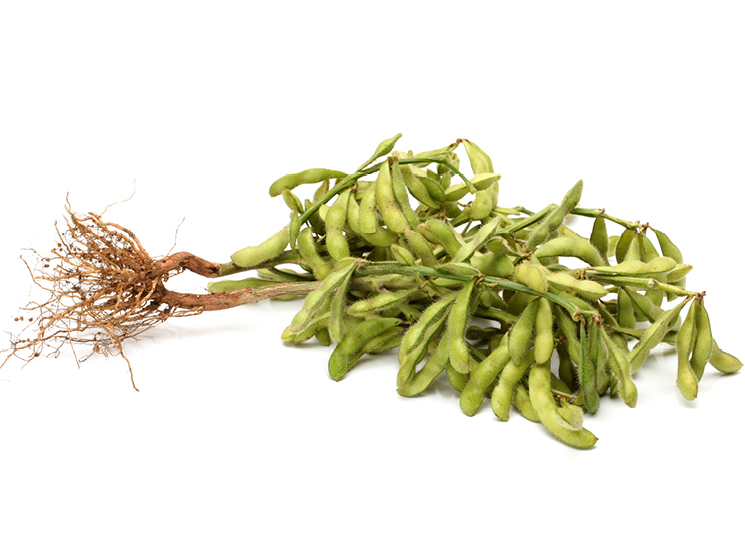
Soybeans
Labels & SDS
Additional Resources
Benefits of Priaxor
- Priaxor provides two modes of action: Group 11 pyraclostrobin (same active found in Headline) and a new Group 7 active ingredient, Xemium for broad-spectrum activity with curative, preventative and residual effects.
- The active ingredients work together across multiple stages of fungal growth to inhibit spore germination, mycelial growth and sporulation.
- In addition, Priaxor provides the unique benefits of AgCelence for larger, greener leaves, stronger stalks and stems and better management of minor heat, cold and drought stress, all leading up to increased yield potential.
Performance Trials
Improved disease control with Priaxor on corn
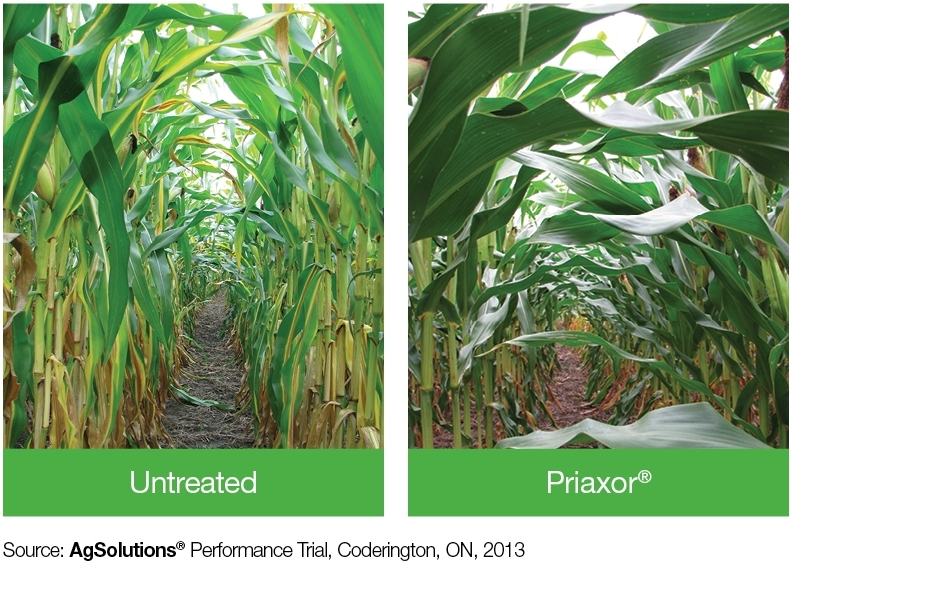
Improved disease control with Priaxor on soybeans
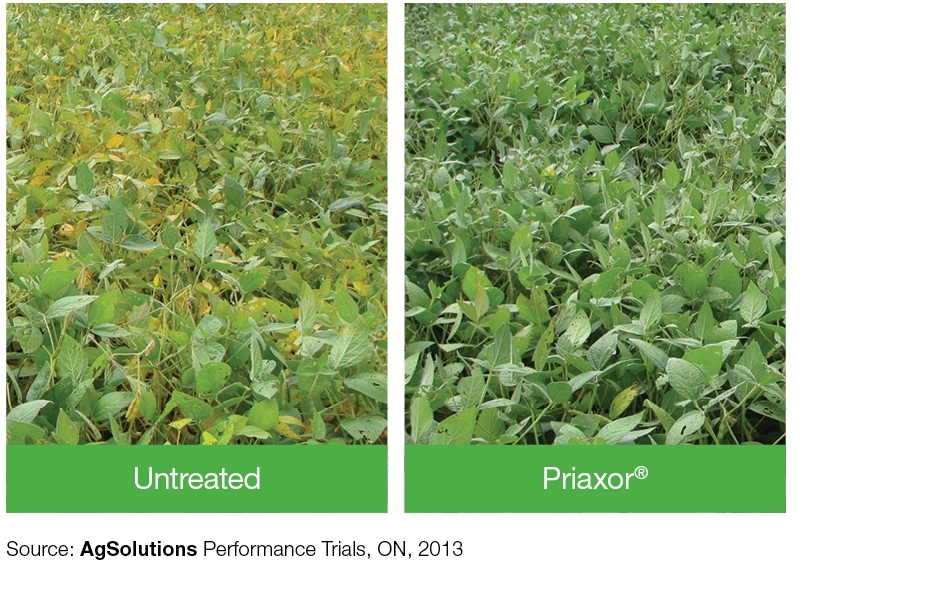
Increased soybean yield with Priaxor fungicide

Increased corn yield with Priaxor fungicide
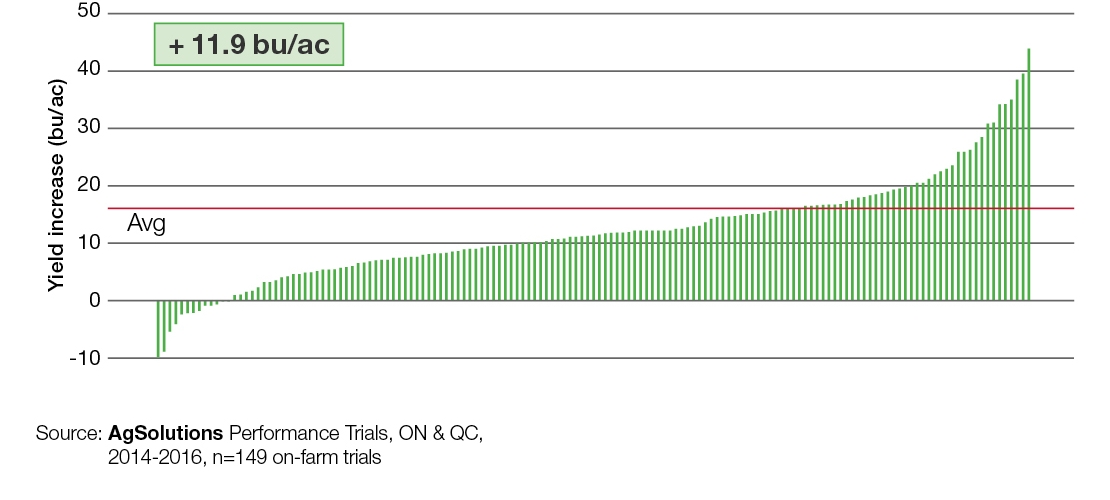
Product Info & Application Guide
Disease Management
See label for all details on diseases controlled or suppressed.
Crop |
Disease |
|---|---|
In alfalfa. |
Blossom blight (Sclerotinia sclerotiorum)5 |
In corn (field, pop, seed and sweet) |
Common rust (Puccinia sorghi) |
In soybeans. |
Asian soybean rust (Phakopsora pachyrhzi) |
1 AgCelence benefits refer to products that contain the active ingredient pyraclostrobin.
2 All comparisons are to untreated, unless otherwise stated.
3 While Priaxor can be applied at earlier growth stages, research suggests the stated timing provides optimal AgCelence benefits.
4 Maximum of two applications per season.
5 Suppression only.
Application Tips
Rainfastness - 1 hour.
Priaxor should be applied preventively, prior to the onset of disease.
While it can be applied at earlier growth stages, research suggests the stated crop-stage timing is optimal for AgCelence benefits,1 including disease control.
Pre-harvest interval
7 days after application for sweet corn.
14 days after application for alfalfa.
21 days after application for corn and soybeans.
1 AgCelence benefits refer to products that contain the active ingredient pyraclostrobin.
2 All comparisons are to untreated, unless otherwise stated.
When to Apply
Priaxor should be applied preventively, prior to the onset of disease. While it can be applied at earlier growth stages3, research suggests the following timing for optimal disease control and AgCelence benefits.
Crop |
Staging3 |
|---|---|
Alfalfa |
10 to 20 cm (4 to 8 inch) height4 |
Corn |
Pre-tassel to full tassel |
Soybeans |
Early flower to mid-pod development (R1 to R3) |
3 While Priaxor can be applied at earlier growth stages, research suggests the stated timing provides optimal AgCelence benefits.
4 Maximum of two applications per season.
How Much to Apply
Application Rates (Ground and aerial application)
One case of Priaxor fungicide will treat 107 to 160 acres.
Crop |
Diseases Controlled |
Rate |
|---|---|---|
Alfalfa |
Blossom blight (Sclerotinia sclerotiorum)5 |
180 ml/ac |
Common leaf spot (Pseudopeziza medicaginis) |
120 ml/ac |
|
Corn (field, pop, seed and sweet) |
Common rust (Puccinia sorghi) |
120 ml/ac |
Gray leaf spot (Cercospora zeae-maydis) |
120 ml/ac |
|
Northern leaf blight (Setosphaeria turcica) |
120 ml/ac |
|
Eye spot (Aureobasidium zeae)5 |
120 ml/ac |
|
Soybeans |
Asian soybean rust (Phakopsora pachyrhzi) |
120 ml/ac |
Frog eye leaf spot (Cercospora sojina) |
120 ml/ac |
|
Septoria brown spot (Septoria glycines) |
120 ml/ac |
|
Sclerotinia stem rot (Sclerotinia sclerotiorum) |
180 ml/ac |
5 Suppression only.
6 Increased rate for suppression of blossom blight.
7 Increased rate for suppression of sclerotinia stem rot in soybeans.
Please refer to product label for full rate, mixing and application information.
Water volume
Ground application |
40 to 80 L/ac (10 to 20 gal/ac)8 |
Aerial application9 |
20 L/ac (5 gal/ac) |
8 Use higher water volumes to ensure adequate coverage and better activity on leaf disease.
9 Class 2 pesticides, such as Priaxor, require a permit to be applied by aerial application in Ontario. No permit is required for an application on ground.
Mixing order
- Ensure the spray tank is clean before use.
- Fill the spray tank half full of water and start agitation.
- Add the required amount of Priaxor fungicide to the tank.
- Continue agitation while filling the remainder of the spray tank.
- After use, clean the spray tank according to label precautions.
Tank Mixes
Contact your BASF Sales Representative or call BASF Ag Solutions Customer Care for a listing of additional information on supported tank mixes.
